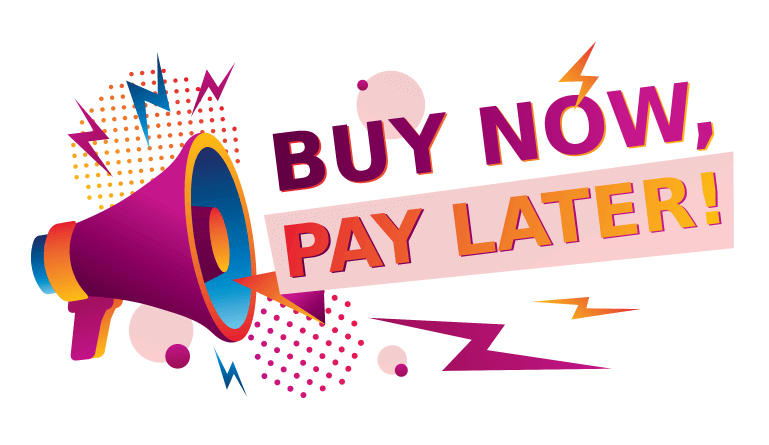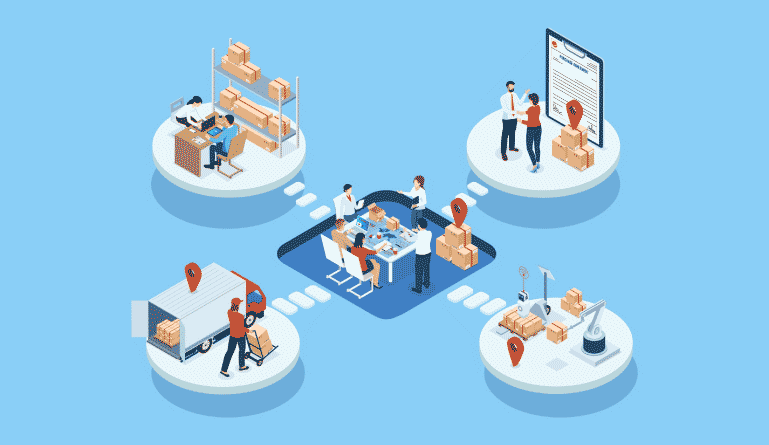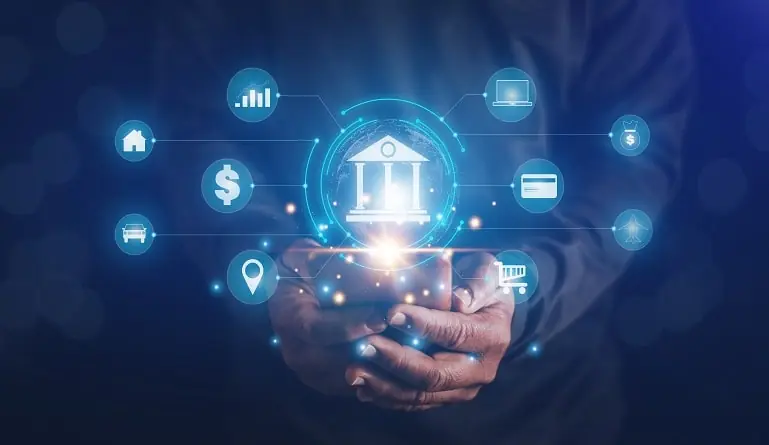For many years, stores have allowed customers with a limited budget to pay for expensive things in installments. Buy now, pay later (BNPL) likely began in the 1980s with department shops such as Nordstrom introducing private-label credit cards – but can be traced back to the 1840s when high-value purchases like furniture or farm equipment could be paid off in weekly/monthly installments.
Despite the shift to digital purchasing, pay-over-time programs remain a useful tool for everyone, from millennials and Generation Z buyers who are spearheading the trend — and right to older/mature customers who are starting to accept it. The traditional brick-and-mortar shop layaway systems have evolved into pay-over-time models due to the emergence of e-commerce.
Particularly during mega-shopping events like Black Friday, the BNPL fintech trend becomes extremely popular. In 2021, BNPL spending in the US increased by 230%, with the surge continuing well into the holiday season. This year, 1 in 5 Gen Z shoppers in the UK will opt for buy now, pay later options for Black Friday. So, what makes this such a crucial fintech trend of our time? With the onset of the 2022 holiday season, let us explore what buy now, pay later is, and how it works.
What is Buy Now, Pay Later? Definition
Buy Now, Pay Later (BNPL) is a sort of short-term financing that enables customers to action purchases and pay for these at a later date, often without incurring interest. BNPL agreements, often known as “point-of-sale installment loans,” have emerged as an increasingly common method of payment, particularly for online purchases.
Traditional banks have refrained from entering the BNPL market out of apprehension that it may eat into their lucrative credit card business, while startups have spearheaded the adoption drive. Banks have just recently understood that cards and BNPL can cohabit and actually complement one another.
Banks are utilizing BNPL to draw in new customers who have avoided credit cards in the past. For instance, a big bank may collaborate with a BNPL fintech company to provide retail customers with pay-later options in-store. This enables customers to purchase high-priced products in monthly installments with a reputable financial institution. In addition to providing a no-cost loan option, it reduces paperwork to facilitate easy and fast onboarding.
How Does “Buy Now, Pay Later” or BNPL Work?
Each fintech firm has its own terms of service, but generally speaking, these are how point-of-sale installment loans function. At checkout, the customer initiates a purchase from a participating store and selects buy now, pay later.
If authorized, the customer pays a modest deposit, such as 25% of the total purchase price – but some companies and regions operate on a zero-down-payment basis. The remaining balance is then repaid in a succession of interest-free payments. Customers may pay by cheque or bank transfer, and payments can also be automatically debited from a debit card, savings account, or credit card.
Typically, BNPL contracts do not include interest or fees but have a defined payback timeline. The bank or fintech provider must tell the customer beforehand the amount they must pay each time, which is often recurring. It is similar to various forms of unsecured consumer or personal loans. Not all items may be available for BNPL finance, which is important to note(such as precious metals); moreover, there may be restrictions on how much you may finance via this approach.
For BNPL approval, the majority of fintech just needs a soft credit check, which does not influence the user’s credit score. This brings a crucial element of speed and convenience to holiday shopping. Some BNPL loans are submitted to at least one of the three main credit reporting agencies (Equifax, Experian, and TransUnion). If a financial firm submits this data, the loan may briefly affect the credit score and appear on credit reports.
Revenue opportunity for fintech
In most BNPL transactions, the fintech provider acts as the lender and compensates the merchant at the time of the transaction. They assume responsibility for extending credit and getting back the payments from the customer over the BNPL period unless working with an incumbent banking partner.
As both a payment processor and lender, BNPL providers accept the risk of customer non-repayment. As compensation for the risks involved, they offer merchants a discount on the total transaction price. The creditor/lender then collects installment payments from the customer equivalent to the total purchase price. The lender’s principal source of income is the differential — what they paid and what they recovered throughout the length of the BNPL period.
BNPL operators are high-tech businesses with expensive platform and infrastructure expansion costs. They must provide compelling reasons for customers and merchants to choose their services over those of their rivals. Most fintech use proprietary algorithms to underwrite customers’ unsecured credit risk without disclosing the approval criteria.
Benefits of Buy Now, Pay Later
Global demand for the BNPL concept is increasing as countries recover from the pandemic’s aftermath. When compared to the pre-pandemic period, offline companies have seen a precipitous drop in client footfall. BNPL and no-cost EMIs may help businesses absorb this impact, because of its many benefits:
1. Seamless onboarding and frictionless approval
Contrary to bank loans and credit cards, BNPL operators do not require tedious paperwork and cumbersome procedures. To begin transactions, customers may register for BNPL with an electronic KYC, allowing companies to launch the sales process immediately.
2. Better purchase experience during Black Friday and other holidays
Businesses that provide customers with diverse and flexible payment methods increase customer satisfaction and experience as a result. In terms of consumer satisfaction, businesses offering flexible payment options, such as BNPL and interest-free EMIs, have an advantage over those with inflexible and conventional payment alternatives.
3. Uptick in revenues for retailers
BNPL assists customers in making the cart valuation more affordable. Because of this, it is increasing in popularity and assisting retailers and small enterprises in generating more cash. BNPL is more widespread among millennials and members of Generation Z. When expanding one’s outreach to this target consumer demographic, the BNPL model may be a game-changing strategy.
4. Possibility of repeat purchases
A positive customer experience increases customer retention. If consumers like their shopping experience and have access to simple payment methods, they are likely to return to the same business for future purchases. They are also more likely to stay loyal to the financial institution that provided them with a hassle-free shopping experience for Black Friday.
5. Win-win for fintech and banks
Fintechs gain from a simpler and faster merchant and client acquisition process, a decrease in credit risk, and an increase in transactions. Due to decreased regulatory capital requirements, banks may use their current capabilities, such as more lending terms and conditions flexibility and enhanced capital usage. BNPL also presents the potential for cross-selling to banking and fintech customers who are more likely to be engaged.
Fintechs Spearheading the BNPL Space
The following fintech businesses provide “buy now, pay later” technology that is revolutionizing the industry:
- Upstart: Upstart is a prominent artificial intelligence (AI) lending platform that aims to increase access to affordable loans while reducing the risks and costs of lending for its bank partners.
- Du Xiaoman Financial: Du Xiaoman Financial is a supplier of investment and short-term lending services. It’s better known as Baidu Financial Services Group (FSG) and serves as the fintech branch of Baidu.
- Sunbit: Sunbit is a provider of BNPL technology. Nearly 7,300 sites offer in-store and online access to the company’s services.
- Affirm: Affirm is a US-located BNPL payments service that enables consumers to set a convenient payment plan prior to loan approval.
Apart from this, tech companies like Amazon, PayPal, Apple, etc., are also looking to establish a strong presence in the buy now, pay later space. In fact, GlobalData, a data and analytics company, forecasts that the BNPL market will exceed $1 trillion by 2030, partly owing to the participation of big tech.
By 2030, regulatory organizations will have cleared up the opaque BNPL business by enforcing strict transparency and credit checks, the report predicts.
Suffice it to say, BNPL is an important fintech trend both for retailers and financial institutions – as we gear up for the 2022 holiday shopping season. Along with other key trends like 3D secure and mobile payment security, it has the potential to completely transform how people shop, and what customers expect from their fintech providers.





